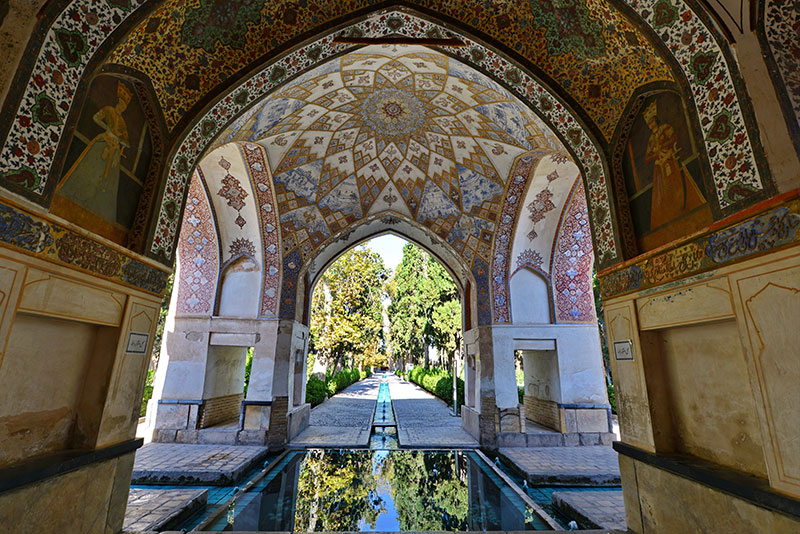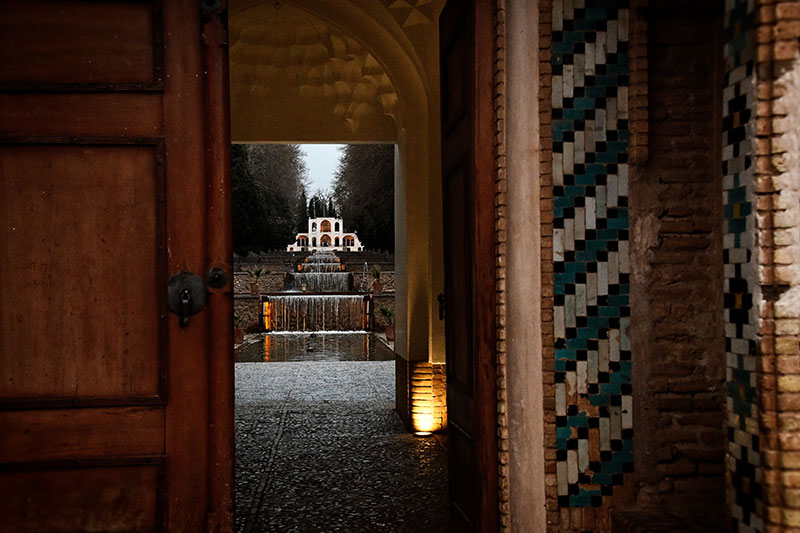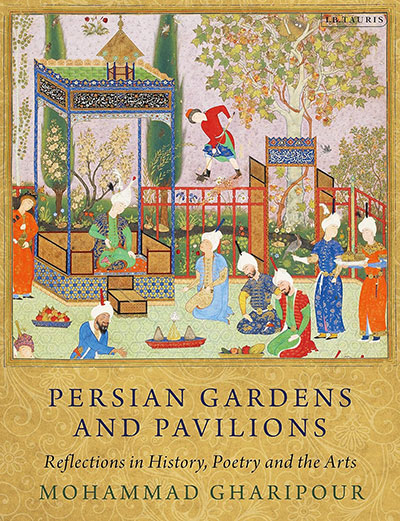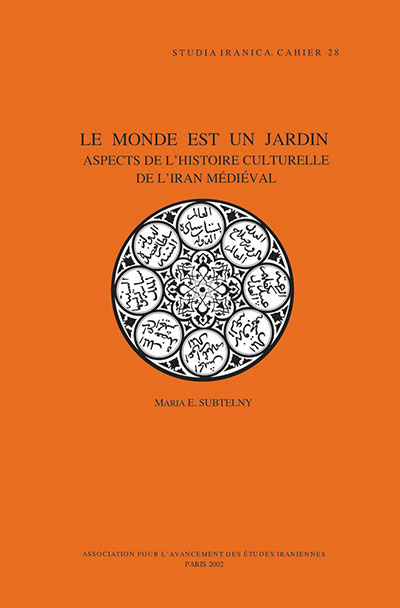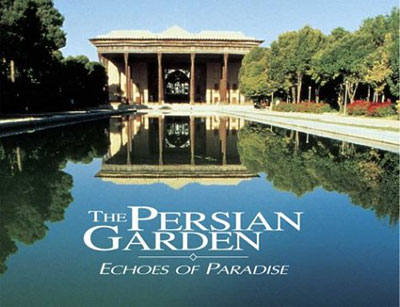At the time of the Achaemenids (6th-4th century BC), the kings had acclimatization gardens: paradeisos in Greek, where our word “paradise” comes from. Carefully irrigated, the trees and plants from different sources offered a summary of the fragrant colors of the universe. Royal prerogative, symbols of cosmic order and imperial harmony, these “paradises” were a place of rest, banquet and hunting.
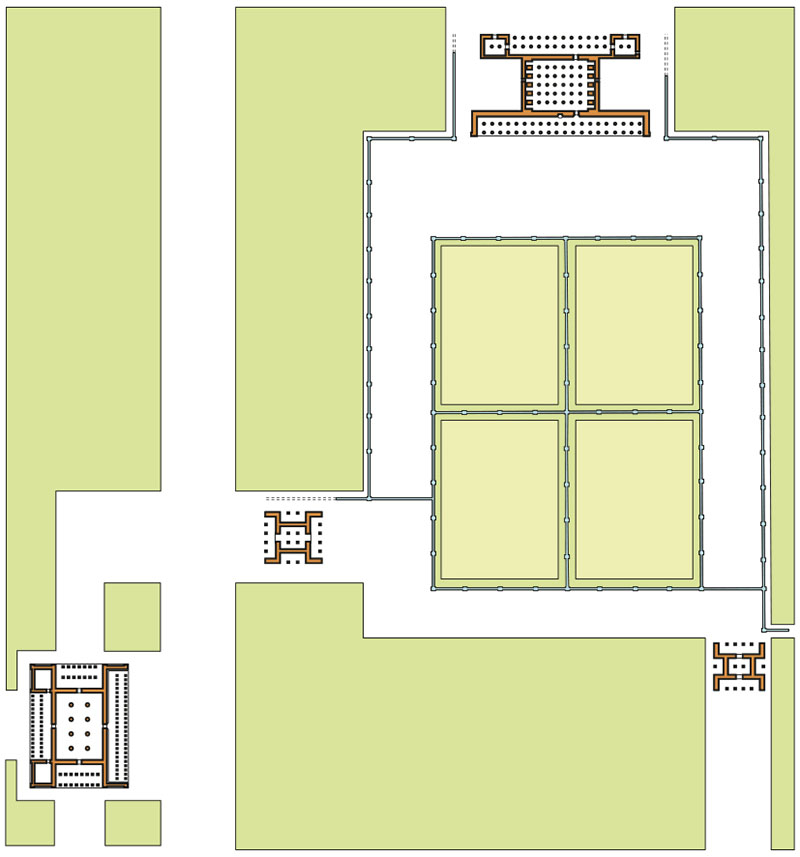
Map of Pasargadae, Achaemenid palatial capital founded by Cyrus the Great (6th century BCE). We see the first known example of a Persian garden, the chahar bagh or “four gardens”: a quadrangular space divided into four by two canals intersecting in a cross.
Source of illustration: ©Patrick Ringgenberg, Cultural Guide to Iran, Tehran: Rowzaneh, 2006.
